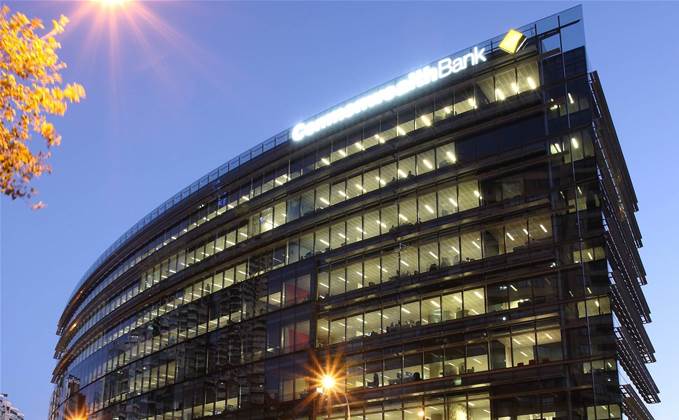The Commonwealth Bank’s emerging technology function is working to a target of 30 experiments a year, with 17 percent - or five - “embedded” into the bank’s operations.

Head of emerging technology Jesse Arundell revealed the metrics during a Laboratory for Innovation Science at Harvard event and podcast late last month.
“The two key top-of-house metrics that I’m measured on by our leadership team is on the number of experiments that we run, and then on the percentage of experiments that are embedded inside of the organsation,” he said.
“My target is to run 30 experiments a year and then to have 17 percent embedded each and every year.”
Arundell said that experiments ranged from “not a lot of money” to “hundreds of thousands” of dollars.
He declined to put a value on the yearly budget for emerging technology, in part because spend wasn’t an overriding metric of the program.
“For us, we aren’t usually ever guided as a metric on how much we spend or what we’re doing with our money,” he said.
While noting it was sometimes clear within a fortnight of a 10-week experiment that a technology was destined for acceptance and production use by the bank, Arundell indicated he was keen to draw up a framework that would make emerging technology maturity - or immaturity - easier to understand internally.
“Knowing the point at which these things mature and are able to scale is definitely an art and a science,” he said.
“One of the things I’ve been keen on and interested in is actually starting to think about our own version of the TRL, the technology readiness level framework that NASA have pioneered, and cheekily calling it the ETRL [emerging technology readiness level], but being able to use that as a framework to help show the organisation in a really simple way where these things are at.
“Because I think what always interests me - and surprises me - in some of these things is that they’re actually here. They aren’t five years away; we could actually do a lot of these things if we had the will, the intent [and] the investment to actually go after them.”
NASA’s TRL effectively describes a series of gates or steps that a technology must pass through before it moves to the next stage of development and ultimately into production.
Emerging technology at CBA sits within the ‘Office of the CIO for Technology’ within Enterprise Services, which houses the bank’s technology and operations functions.
“Our team’s purpose is to help accelerate the bank group’s adoption of new and emerging technologies,” Arundell said.
“The way we do that fundamentally is really two-fold.
“I think first it’s having the ability to go out and identify and really deeply understand new and emerging technology that is being built, developed, researched, designed outside of the organisation.
"So a key part of our team’s value proposition is really being able to have not only a long-term strategic view of where technology is heading by keeping abreast of the latest trends and the latest technology that’s being cooked up in startup garages, academia, VCs, [and] community associations for tech, but then also having the nous to be able to bring that back into the organisation.
“[That’s] really the magic.”
Arundell said emerging technology often played a “matchmaker” role between third-parties and the bank’s business units.
He said that emerging technology had been operating at CBA in several incarnations stretching back “seven or eight years”.
Among projects it has recently worked on is the IT risk stability score, “an advanced machine learning model that predicts the likelihood and potential cause of critical system failures inside the bank”; that project won top honours in the 2021 iTnews Benchmark Awards.


.png&h=140&w=231&c=1&s=0)


_(22).jpg&h=140&w=231&c=1&s=0)





 iTnews Executive Retreat - Security Leaders Edition
iTnews Executive Retreat - Security Leaders Edition










_(1).jpg&h=140&w=231&c=1&s=0)



